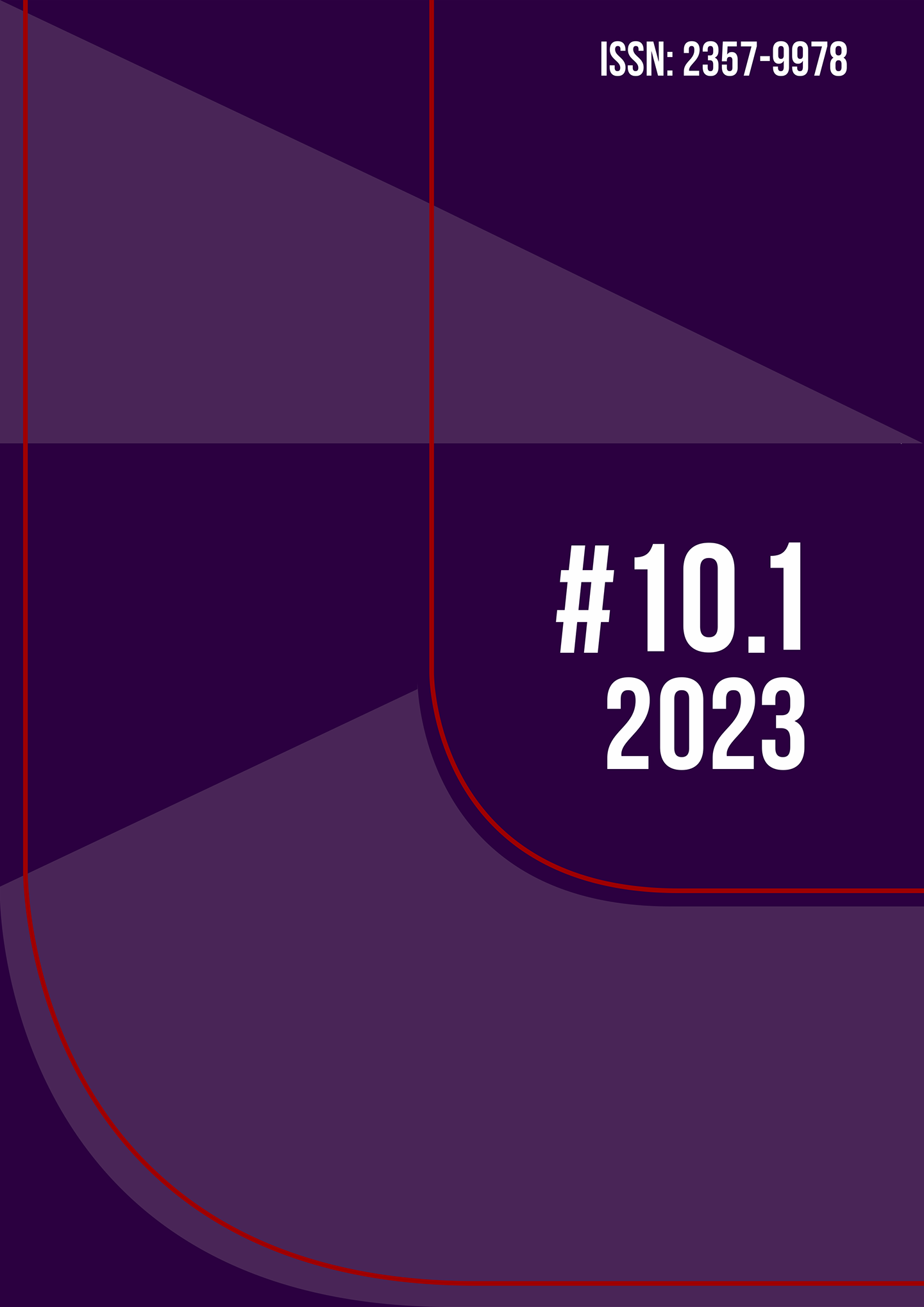19th Century: the End and New Beginning of the Viola da Gamba
DOI:
https://doi.org/10.36025/arj.v10i1.31803Keywords:
viola da gamba, Early Music, Carl Friederich Abel, 19th century musicAbstract
The viola da gamba was a leading instrument in the musical scene of the Renaissance and European Baroque, entering the Classical period with some renowned viols players. For decades, musicians and musicologists have asserted that the viola and its repertoire died with the last viol player Carl Friederich Abel, when he died in 1787. From a modern perspective it is difficult to understand how an instrument that had such wide acceptance in the courts and long performance on the stage and European salons may have been totally forgotten and abandoned in the 19th century. The article presents reflections and traces a possible historical path that the viola da gamba took throughout the 19th century in the European music scene.
Downloads
References
AGRICOLA, Martin. Musica instrumentalis deudsch. Wittemberg: 1545.
AUGUSTIN, Kristina. Um olhar sobre a música antiga: 50 anos de história no Brasil. Rio de Janeiro: K. Augustin, 1999.
BOER, Johannes. The viola da gamba and the nineteenth century. Utrecht: s.d. Disponível em: https://www.academia.edu/3769418/The_viola_da_gamba_in_the_19th_Century. Acesso em: 19 out 2022.
BURNEY, Charles. A general History of Music from the Earliest to the presente. v. IV. Londres : 1789.
CORRETTE, Michel. Méthode théorique and practique pour apprendre en peu de temps le violoncelle dans sa perfection. Paris: 1741.
FRITZSCH, Thomas (dir.). The 19th Century Viol Da Gamba. Alemanha: Coviello Classics, 2019. 1 CD com encarte.
GIUSTINIANI, Vincenzo. Discorso sopra la musica de suoi tempi. Roma: 1628.
HARDEMAN, Anita. The French Connection: French influences on English music in Restoration England. [S. l.]: Western Illinois University, 2013. Disponível em: http://www.wiu.edu/libraries/music_library/Hardeman.pdf. Acesso em: 19 out. 2022.
HOFFMANN, Bettina. The Viola da Gamba. Paul Ferguson (trad.). Abingdon: Routledge, 2018.
HOLMAN, Peter. Continuity and Change in English Bass Viol Music: the Case of Fitzwilliam Mu. MS 647. In: The Viola da Gamba Society Journal, v. 1, p. 20-50. 2007. Disponível em: https://vdgs.org.uk/journal/Vol-01.pdf. Acesso em: 19 out. 2022.
HOLMAN, Peter. Life after death: The Viola da Gamba in Britain from Purcell to Dolmetsch. Woolbridge: The Boydell Press, 2010.
JAMBE DE FER, Philibert. Epitome Musical. Lion: 1556.
LEE, Sidney (ed.). Thicknesse, Ann. In: Dictionary of National Biography, v. 58. London: Smith, Elder & Co, 1899.
LUDWIG, Loren Monte. “Equal to All Alike”: A Cultural History of the Viol Consort in England, c.1550-1675. Tese de doutorado, Universidade de Virginia, 2011. Disponível em: http://lorenludwig.com/wp-content/uploads/2014/01/Ludwig-Loren-Equal-to-All-Alike-A-Cultural-History-of-the-Viol-Consort-in-England-c.1550-1675.pdf. Acesso em: 19 out. 2022.
MERSENNE, Marin. Harmonie Universelle, Livre qvatriesme des instrvments a chords. Paris: 1636.
OTTERSTEDT, Annette. Die Gambe. Kassel: Bärenreiter, 1994.
ROSENTHAL, Michael. “Thomas Gainsborough’s Ann Ford.” The Art Bulletin, vol. 80, no. 4, p. 649-65,1998. Disponível em: https://www.jstor.org/stable/3051317.
ROUSSEAU, Jean. Traité de la Viole. Paris: 1687.
SIMPSON, Christopher. The Division Viol. Editio Seconda. Londres: 1665.
THOMAS, Mace. Musick's Monument. Londres: 1676.
WRONKOWSKA, Sonia. Karl Friedrich Abel Manuscripts Found in Poland. In: Répertoire International des Sources Musicales (RISM), 2017. Disponível em: https://rism.info/rediscovered/2017/01/19/karl-friedrich-abel-manuscripts-found-in-poland.html. Acesso em: 19 out. 2022.
Downloads
Published
How to Cite
Issue
Section
License
Copyright (c) 2023 Kristina Augustin (Autor)

This work is licensed under a Creative Commons Attribution-NonCommercial-ShareAlike 4.0 International License.

This work is licensed under a Attribution-NonCommercial-ShareAlike 4.0 International (CC BY-NC-SA 4.0) License.
Authors retain copyright, while licensing their work under a Attribution-NonCommercial-ShareAlike 4.0 International (CC BY-NC-SA 4.0) License.


 English
English Português (Brasil)
Português (Brasil)
